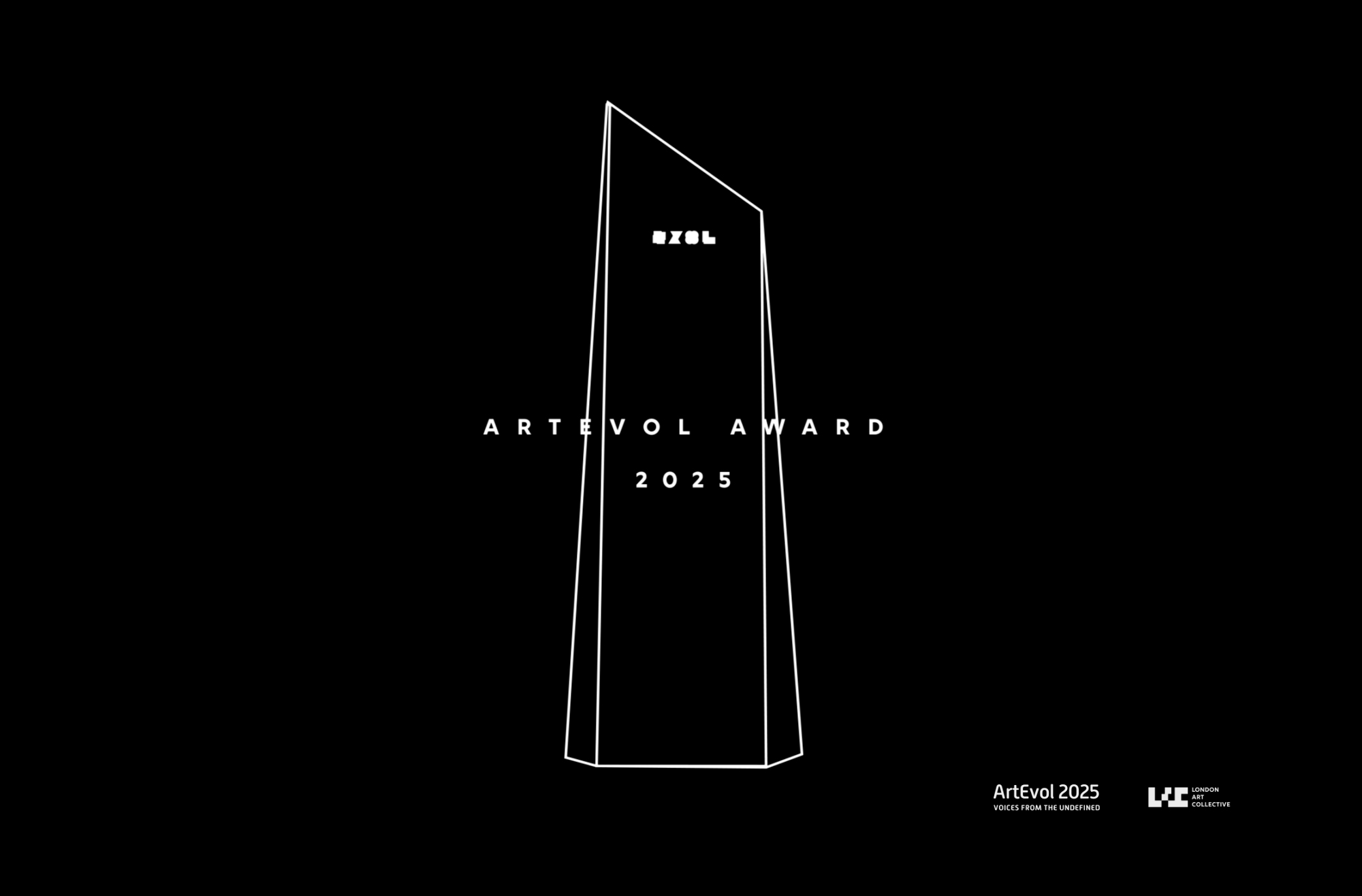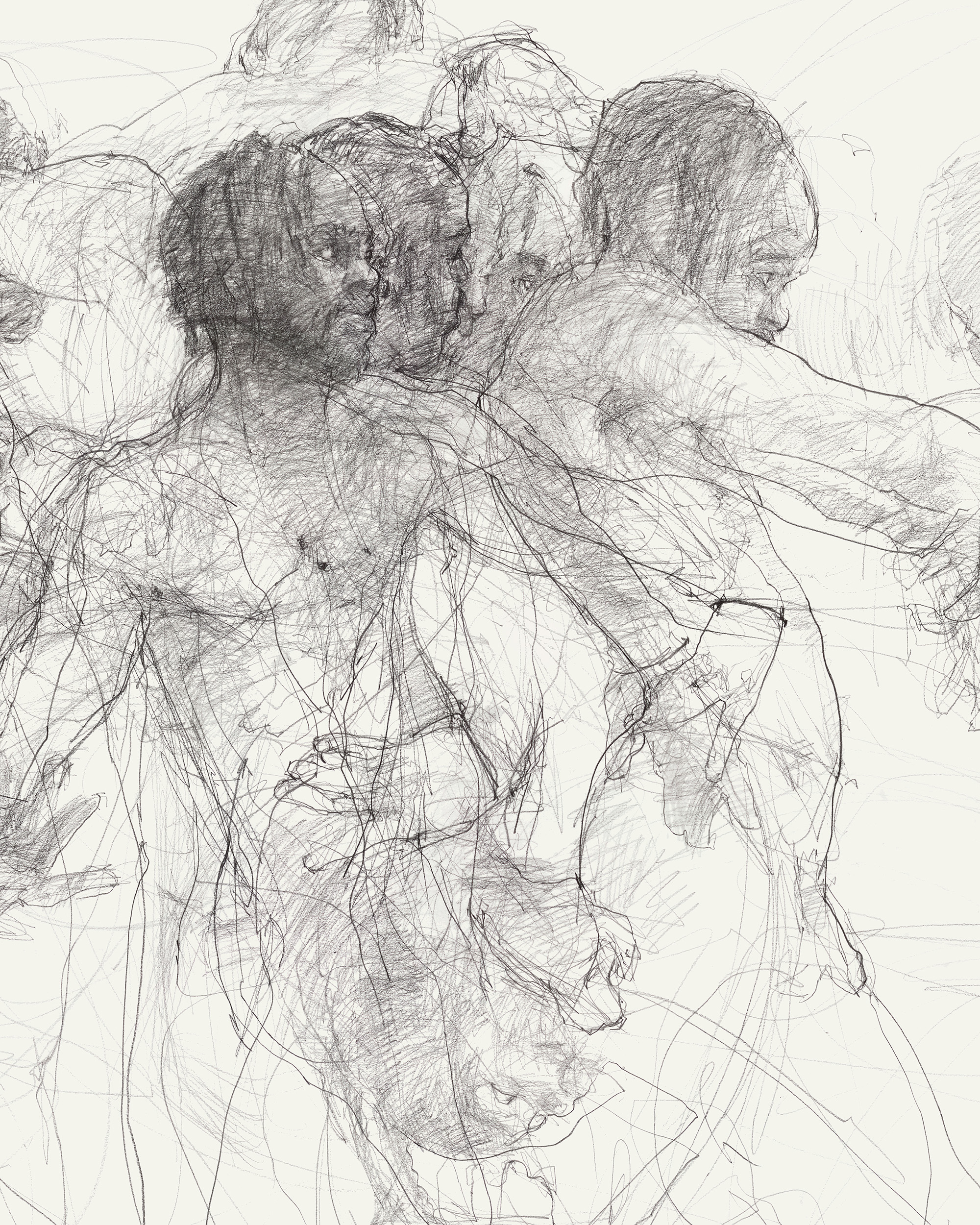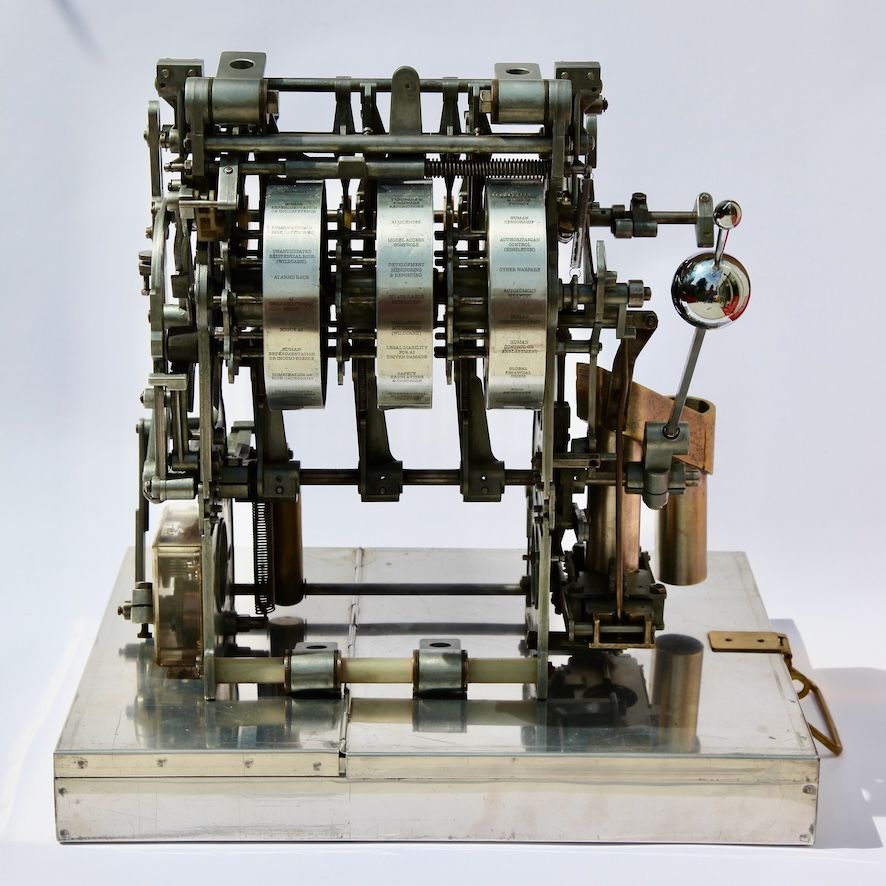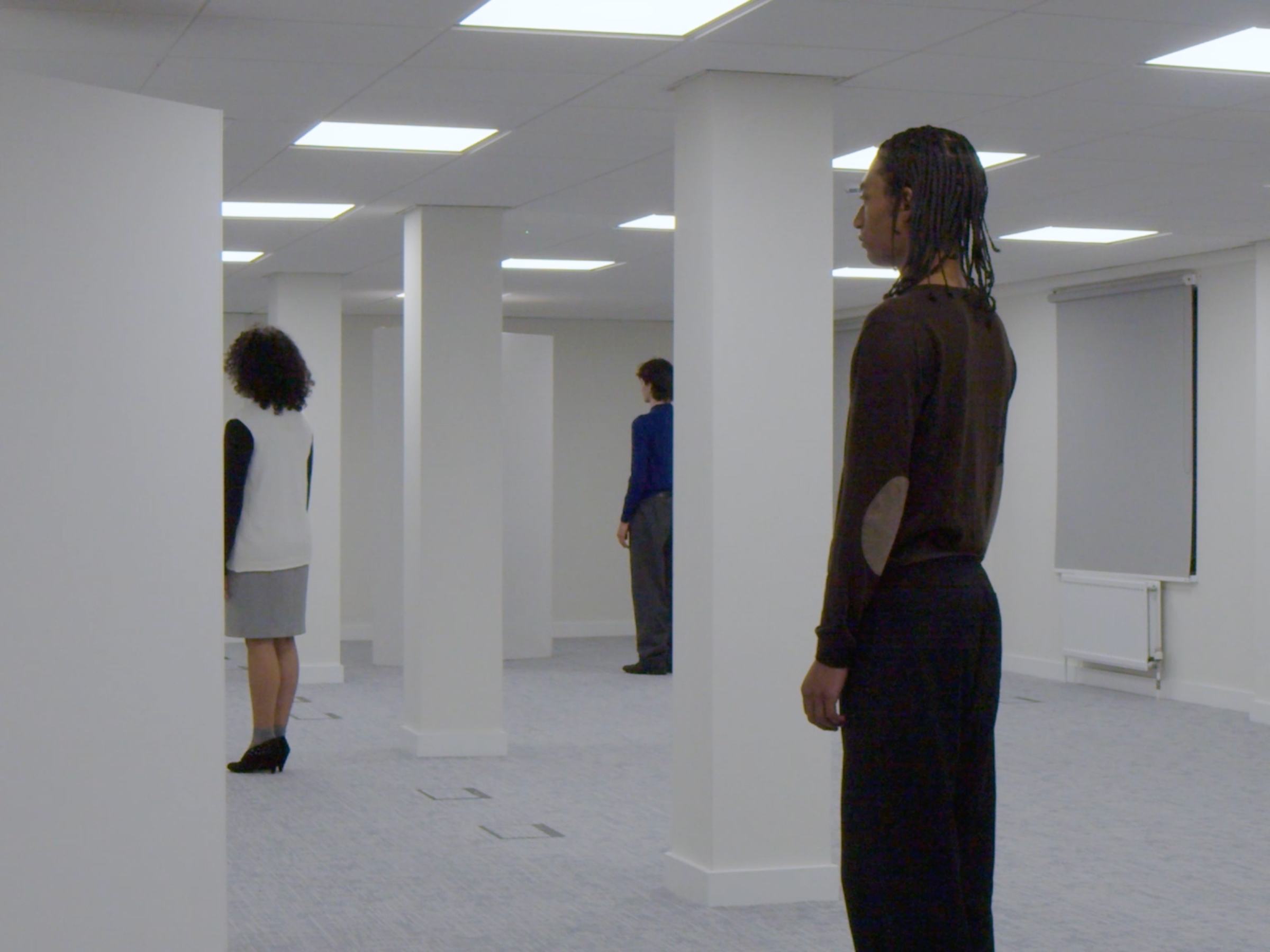
15/10/2025
The ArtEvol Award is presented to works that exemplify conceptual clarity, intellectual depth and artistic resonance. Established by the London Art Collective, the award embodies the ethos of ArtEvol, recognising artistic practices that shape and advance the discourse of contemporary art. It affirms both emerging and established artists whose work expands the field through critical insight, experimental language and a forward-looking spirit.
Now in its fifth edition, the ArtEvol Award reflects a rigorous process of curatorial dialogue and critical review. Guided by the perspectives of the Jury Panel, the final selection was made by Nelson Qin, Chief Curator of the London Art Collective and curator of ArtEvol 2025: Voices from the Undefined. The decision embodies the exhibition’s curatorial vision, recognising artistic practices that most profoundly articulate the ideas and questions at the heart of this year’s edition.
ArtEvol 2025: Voices from the Undefined, examines how artistic practice evolves through uncertainty, dialogue and renewal. Reflecting the exhibition’s central ideas of fluidity and transformation, the ArtEvol Award 2025 celebrates artists whose works speak from positions that resist categorisation, revealing new ways of understanding humanity, technology and the lived body. The three recipients, Curtis Holder, David Aston, and Joan Horrach, embody the spirit of this year’s theme through distinct yet interconnected practices that give form to what is often unspoken, transitional and in flux. Their works together articulate a shared pursuit of resilience, connection and imagination beyond imposed boundaries.

Curtis Holder (b. 1968, Leicester) is a London-based artist known for his large-scale works on paper in graphite and coloured pencil. Rooted in intimate conversations with his sitters, Holder blends dialogue and drawing to explore identity, emotion, and human connection. His work centres on individuals whose experiences fall outside dominant cultural narratives, including Black and Brown people, Queer identities, and others whose stories are overlooked. His distinctive multilayered drawings, defined by dynamic, febrile lines, capture the form, movement, and emotional depth of his subjects.

In the past year, Holder has expanded his practice through an experimental approach to durational portraiture. Working over extended periods with his sitters, he uses sustained conversation, repeated observation, and intuitive mark-making to explore drawing as an act of co-creation. The outcomes of this process range from exploratory drawings and series of multilayered portraits to large collaborative works that can extend to room-length in scale. Rooted in dialogue, time, and trust, these works capture not only physical form and movement but also the evolving emotional and psychological dimensions of his subjects.

Holder gained national recognition after winning Sky Arts Portrait Artist of the Year in 2020, leading to a commissioned portrait of ballet dancer Carlos Acosta for Birmingham Museum & Art Gallery. Subsequent accolades include The John Ruskin Prize (2024). In 2023, he was commissioned by the National Portrait Gallery and Terrence Higgins Trust to create a posthumous portrait of Terry Higgins, one of the first people in the UK to die of an AIDS-related illness. His solo exhibitions include The Makers: Portraits from Backstage at the National Theatre (2023), Portraits of Brotherhood at Guildford House Gallery (2024) and RBSA Gallery, Birmingham (2025), Curtis Holder: Drawing Carlos Acosta (2024) at Birmingham Museum & Art Gallery and Silent Echoes, Spoken Truths at Leeds Art Gallery (2024–25). His works are held in prominent collections, including the National Portrait Gallery, Leeds Art Gallery, Birmingham Museum & Art Gallery, MCC Museum, Lord’s Cricket Ground and Soho House.
Educated at Kingston University and Central Saint Martins, Holder is a member of Contemporary British Portrait Painters, The Society of Graphic Fine Art, and The Pastel Society. Beyond the studio, he collaborates with cultural institutions to engage diverse audiences, inspiring creativity and fostering discussions on identity and representation."

David Aston is a British artist, born in Edinburgh, whose practice operates at the intersection of art, science and anthropology. His broad, research-based approach examines humanity through a diachronic lens, exploring how the evolution and accelerating forces of technological determinism, digitisation and artificial intelligence influence and shape contemporary societies and our shared humanity.
.webp)
His multimedia works reflect on the transition to an age in which individuals must attest their humanity to machines, defend their rights to data, and question cultural legacy through acts of digital archaeology. In The New Oracles series, Aston incorporates academic research in artificial intelligence into sculptural and digital future-prediction simulators that gamify AI trajectories, societal risks and impacts. His wider interests include the nature of time and environmental questions relating to the Anthropocene and the future of species.
.webp)
Aston’s practice is interdisciplinary, research-led and medium-agnostic. He often spends years investigating and re-evaluating how specific subjects influence past, present and future societies. This diachronic research directly informs his choice of medium and aesthetic language. Combining carefully selected historical ready-mades with sculpted elements and digital technologies such as interactive websites, simulators and curated feedback loops, his works introduce new temporal dimensions and magnify the transformations that occur over time. By developing multiple themes in parallel, Aston cultivates material depth, interdisciplinary thinking and new critical perspectives.

Joan Horrach (b. Spain) comes from a background in movement and choreography, working across video, text, drawing, and performance. His practice explores how the body can serve as a narrative tool and a medium for communication, examining how the body - placed within different spaces, positions, or under a long durational choreographic task - can shape meaning and perception.

His performances emerge from a sculptural ambition rather than a performative one - shaping repetition, form, and composition to create images that function as metaphor, critique, and statement.